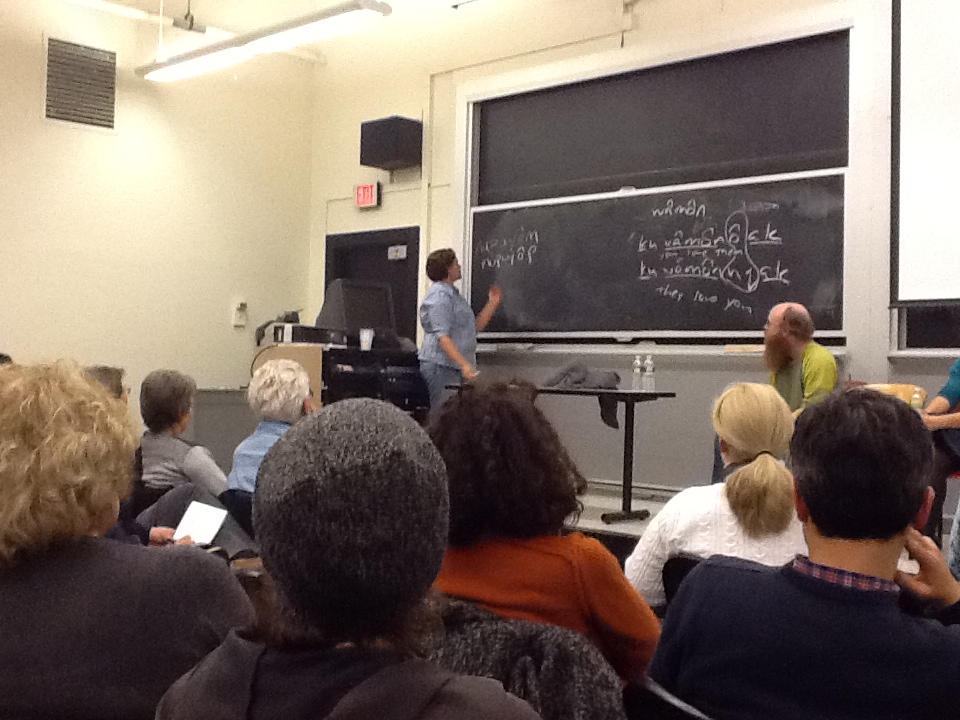Speaker: Ayaka Sugawara
Title: Accent of Japanese given names
Location: 32D-831
Time: Monday, Nov 21, 5:00pm
In this talk, I will show that there are gaps between the accent patterns of Japanese common nouns and those of Japanese given names. For example, although an n-mora common noun generally has n+1 contrastive accent patterns including an unaccented one (e.g. háshi ‘chopsticks,’ hashí ‘bridge,’ hashi ‘edge’), the accent pattern that given names show is more limited (e.g. okµ’µ, *µµ’, *µµ). To capture the special accent pattern Japanese given names show, I will propose (i) that the given names are accented in the default case, regardless of the length of the name, (ii) that some suffixes make names unaccented, (iii) that some suffixes do not allow accent to immediately precede them, and (iv) that longer names (6-or-more-mora names), which can be analyzed as being divided into two parts, behave according to compounding rules. I am pursuing an OT analysis for this, but this is very much a work in progress, so I will be all-ears to the advice you might have.


